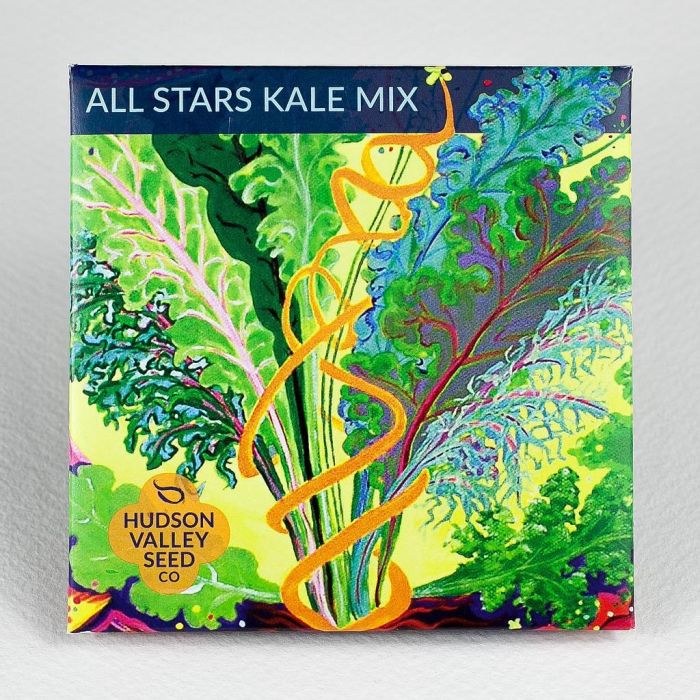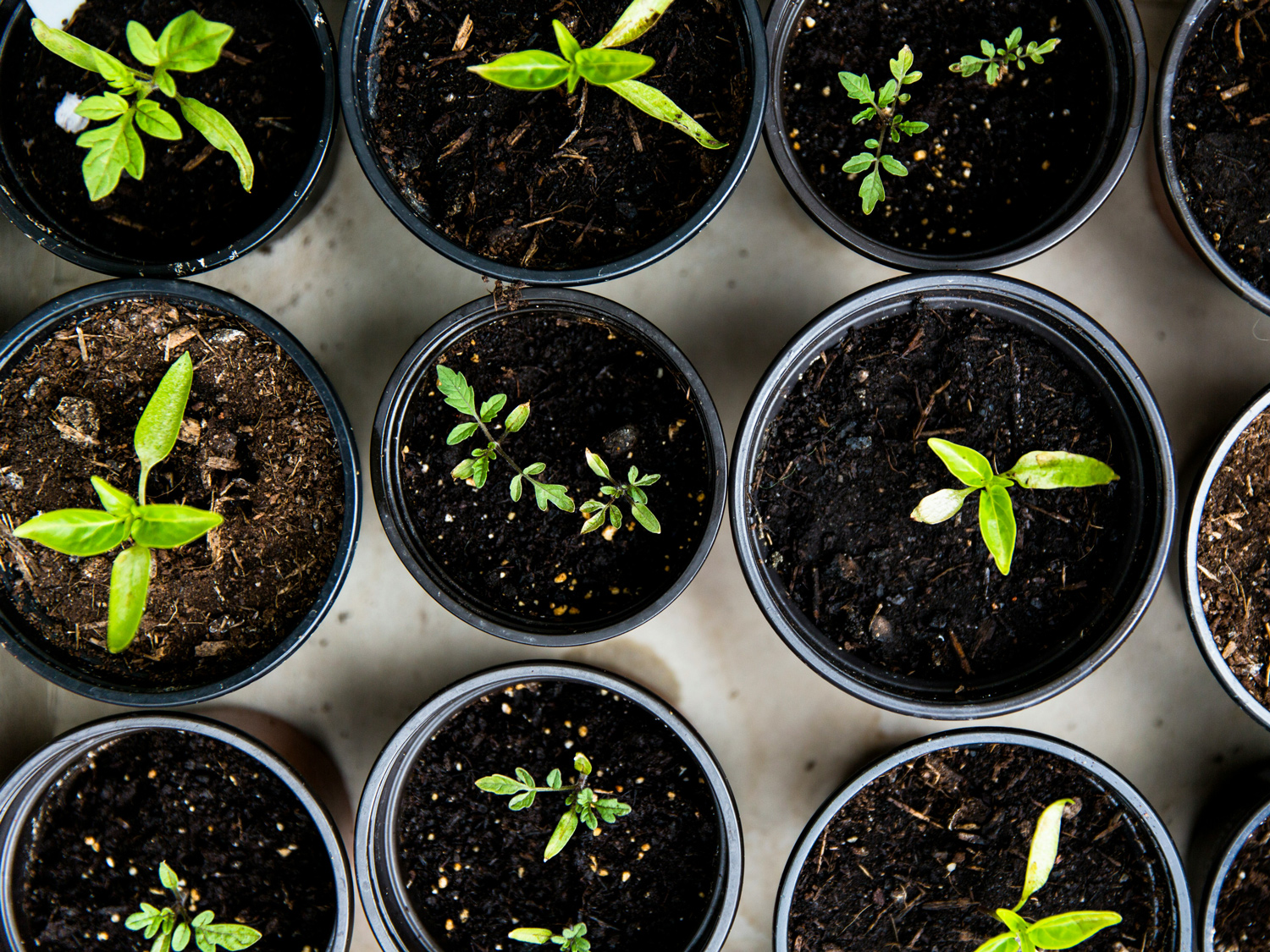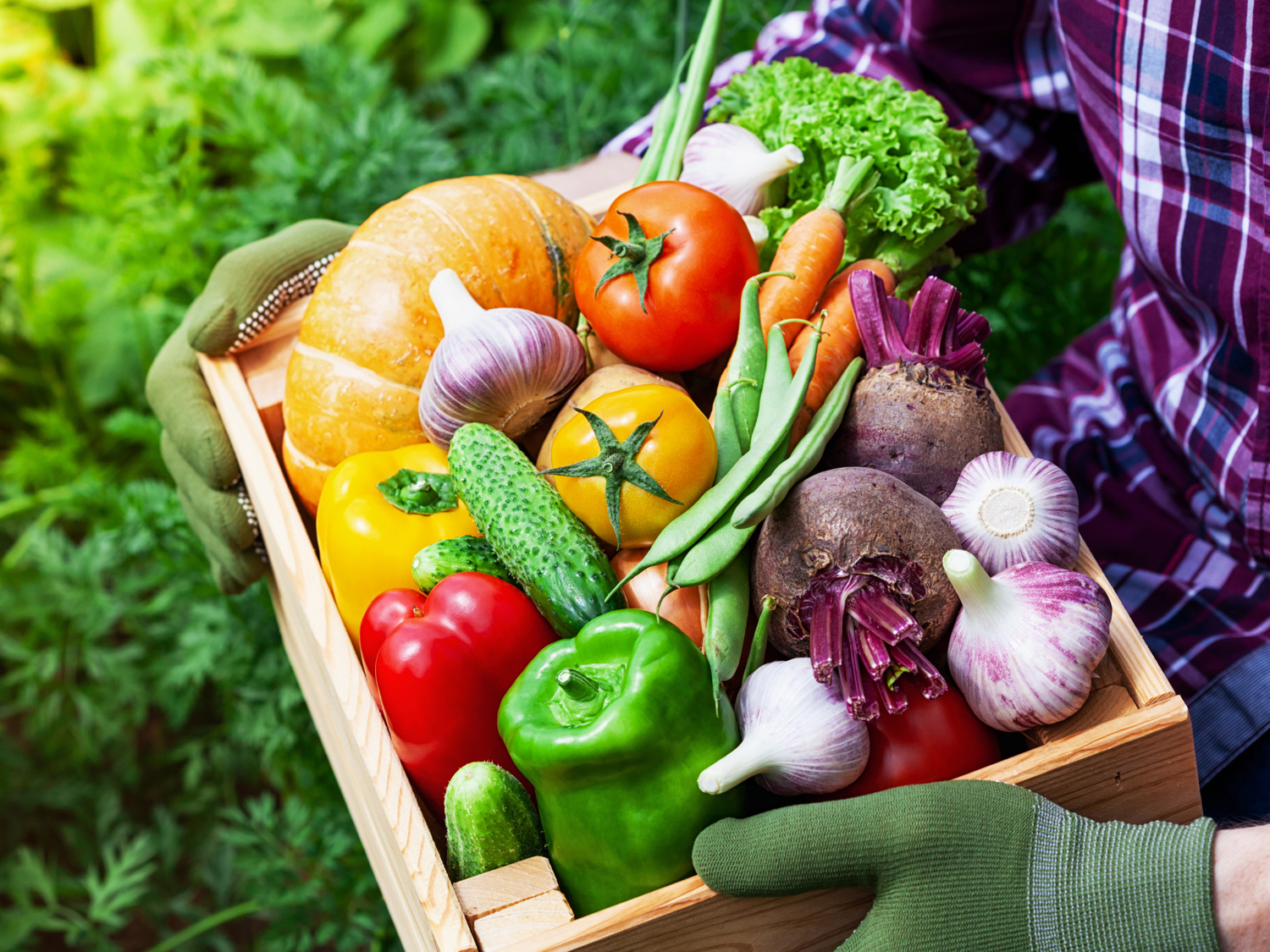Brassica, Kale Mix, All Stars ~ 100 seeds

Out of stock
Temporarily Out of Stock- Sun Preference
- Full-Sun, Part-Sun
- Bloom or Harvest Time
- Spring, Fall
Description
Certified Organic
Brassica napus
Mix of Russian and Siberian kales in shades of green and red.
The flavor of this kale similar to other Russian kales, a bit sharper than Dino Kale or Vates Blue Curled Kale. Plant this variety if you enjoy the flavor of Asian greens, but long for something more substantial and longer lasting in the garden. Makes a great baby leaf for salads. It's also a great variety for the budding breeder or seed saver. Kale is a biennial; grow the plants in year one, overwinter the ones you like, and save the seeds in the second year.
Seed Starting Successfully
Start your garden from scratch with Gertens' wide variety of seed packets! Whether you're a seasoned gardener or just starting out, we have seeds for every skill level and garden size. From colorful flowers to delicious vegetables, our seeds are carefully selected for their quality and performance.
Details
Innovative plant breeder Tim Peters developed this mix, originally called Gulag Stars, by blending Brassica napus kale varieties (Russian kales) with shinier Brassica rapa varieties (mustards and Asian Greens) using a method known as bud pollinating. Almost like astral projection, this allows two related but separate species to be swirled together. The result is this delightful mix, a blend of kales with shapes, colors, textures, and sizes that vary from plant to plant like colorful star-forming nebulae.
Growing Instructions
Direct sow kale about a month before last frost. Alternatively, sow under protection 8 weeks earlier, then transplant about a month before last frost. For a young, tender fall crop, sow 3-4 months before first fall frost. Avoid planting at edge of garden, as slugs love kale and will creep in for nightly dining. Harvest a handful of individual outer leaves from each plant; mature plants will be ready for another harvest in a few days.
Quick Facts
Days to Germination: 3-10 days
Days to Maturity: 60 days
Planting Depth: ½"
Spacing in Row: 12-18"
Spacing Between Rows: 18"
Height at Maturity: 24"
Sun Preference: Full to Partial Sun
About the Artist
Artwork by Marcie Ann Long. This exuberant work, an acrylic painting on canvas, sets this kale mix in the celestial realm right where it belongs! Marcie Ann is a self-taught painter. She uses bright colors and biologically correct details to bring out the energy in her subjects.
More Information
| Brand | Hudson Valley Seed Co |
|---|---|
| Seed Packet Type | Organic Vegetables |
| Common Family Name | Kale |
| Sun Preference | Full-Sun, Part-Sun |
| Bloom or Harvest Time | Spring, Fall |
| Plant Life Cycle | Annual |
| Mature Height (Range) | 13" - 24" |
| Spacing Between Rows | 18" |
| Spacing in Row | 12-18" |
| Planting Depth | ½" |
| Days to Germination | 3-10 days |
| Days to Maturity | 60 days |


